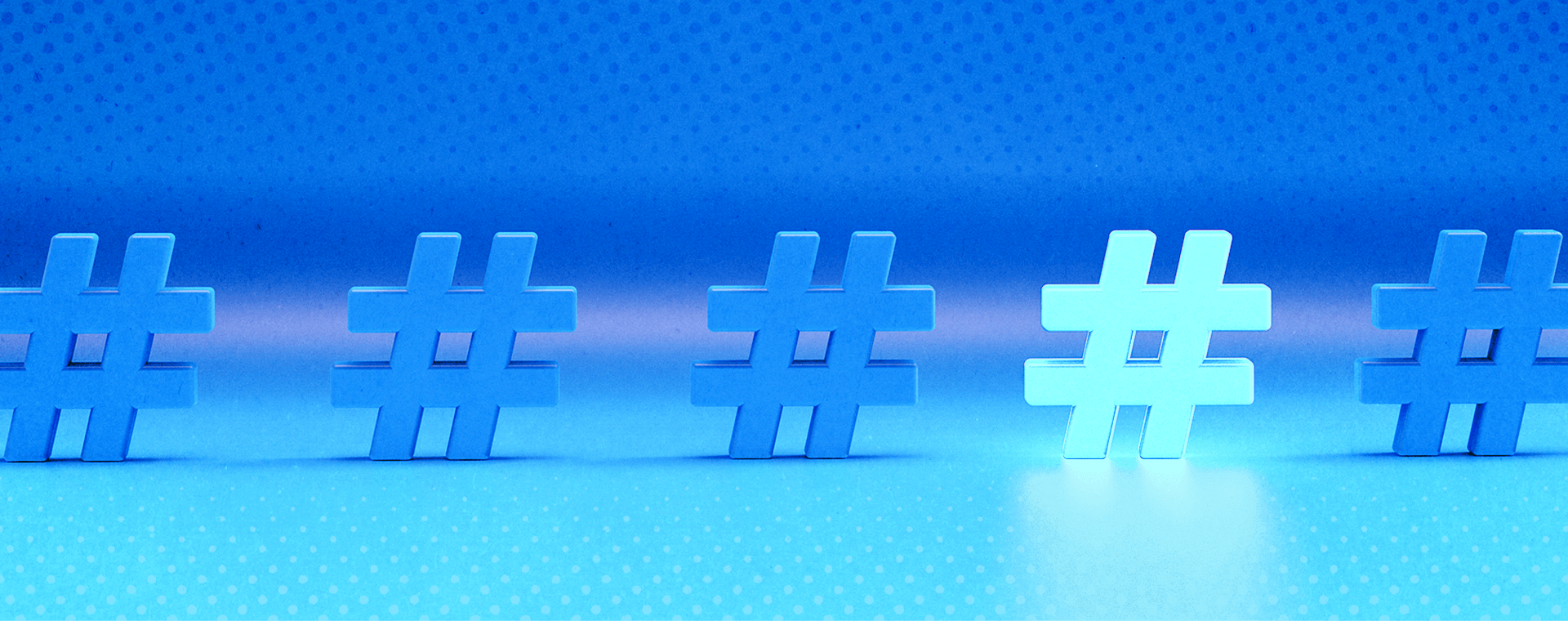The last century has brought a wealth of disruptive new technologies to our lives. Incredible advances have been made in the means through which we consume information, creating an enormous spectrum of unique forms of communication media.
What these mediums have in common is the resistance they each faced upon introduction to the masses. It is hard to imagine that forms of communication I grew up with so strongly integrated into my everyday life were once challenged and resisted.
Gary Vaynerchuk explores these challenges faced by new media in The Thank You Economy. In response to David Sarnoff’s push for radio in 1920 an investor challenges, “The wireless music box has no imaginable commercial value. Who would pay for a message sent to nobody in particular?”. Yet over the following two decades, cereal brands built empires with radio as the primary media outlet. When Television made its debut, radio pioneer, Lee De Forest, criticized stating, “While theoretically and technically television may be feasible, commercially and financially it is an impossibility”. Beer makers in the 1940’s were also concerned about Television being “little more than an intrusion into people’s” living rooms”. However, the tremendous value of the medium was quickly realized and Television advertising exploded –beer marketing would never be the same.
Fast forward, and one medium that is easier to imagine being met with the inevitable wave of resistance is the Internet. Perhaps it is easier to imagine because my generation was alive during this period of resistance, or the fact that it is arguably one of the most disruptive technologies to emerge yet. Founder of Amazon, Jeff Bezos, overcame resistance and reflects, “If I had a nickel for every time an investor told me this wouldn’t work…”, implying the struggles that first movers on the Internet wave experienced.
It goes without saying that the Internet and the plethora of new technologies before it have revolutionized the way we consume information. So why weren’t these mediums embraced from the get-go? People like what works—the tried and true methods that have produced results. What people don’t like is the possibility that taking a risk on a new strategy may end in failure and subsequently, declining numbers. It is common to see marketers stick to “safer” forms of media, avoiding thoughts of the inevitable decline in the effectiveness of their strategy as consumer media consumption evolves.
In 2012, we will continue to see information consumption move towards newer forms such as mobile, which has caught on even more rapidly than previous disruptive technologies taking fewer than 20 years to reach 80% coverage. Advances in technology have allowed mobile to quickly evolve, providing the sophisticated experiences of Web and Television anywhere and anytime. It was recently announced that telecommunications giants, Rogers and Bell, have teamed up to buy a majority stake in Maple Leaf Sports and Entertainment, an example of how mobile consumption will be even further propelled whether we like it or not.
The moral of the story is that it is common and even expected for the latest and greatest media to be met with a crowd of naysayers. However, history has shown that it is those who pushed the envelope, embracing and exploring new media, met the greatest success.







